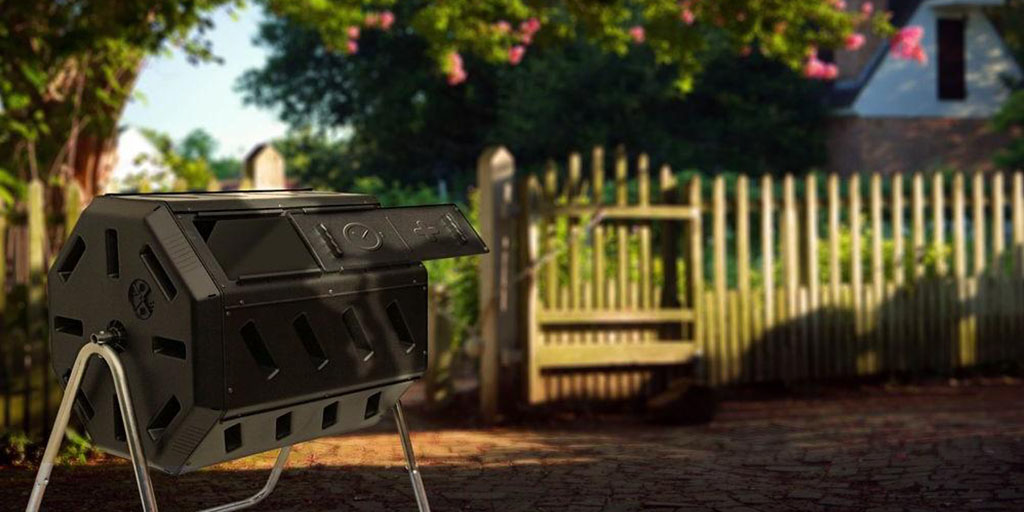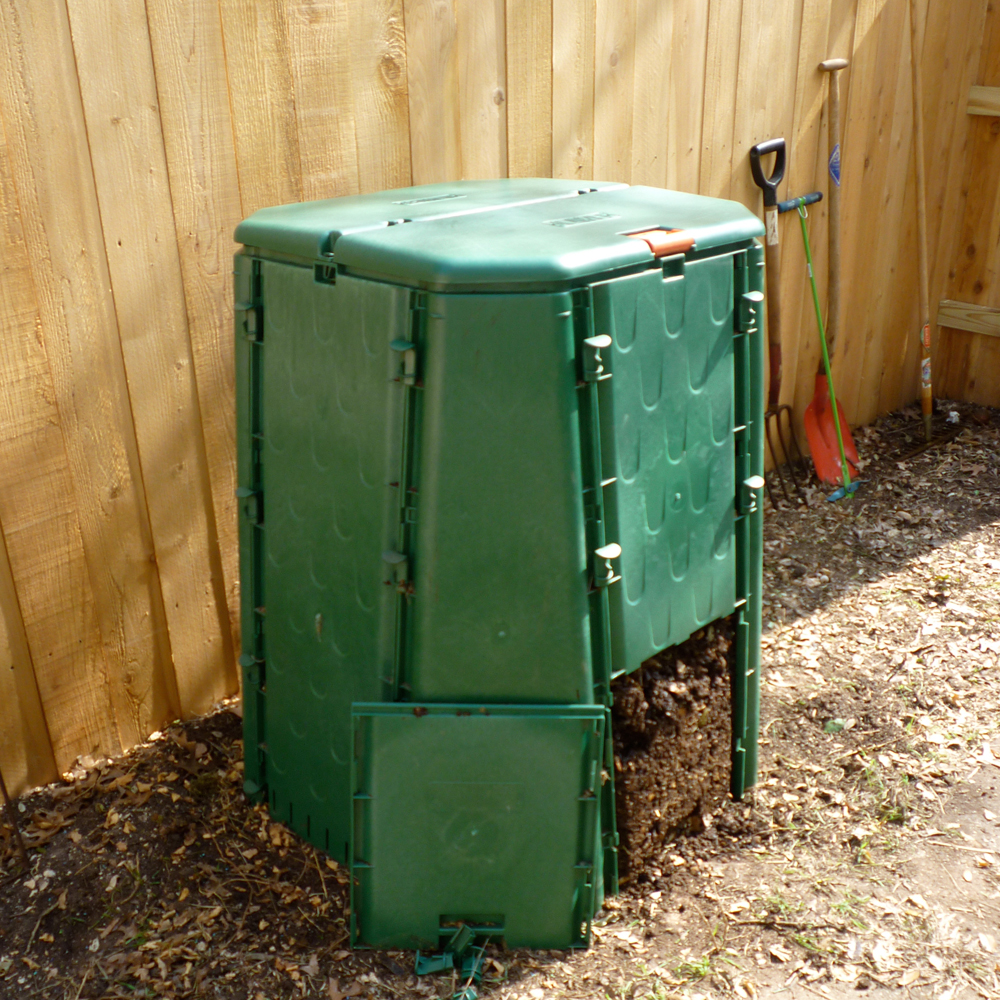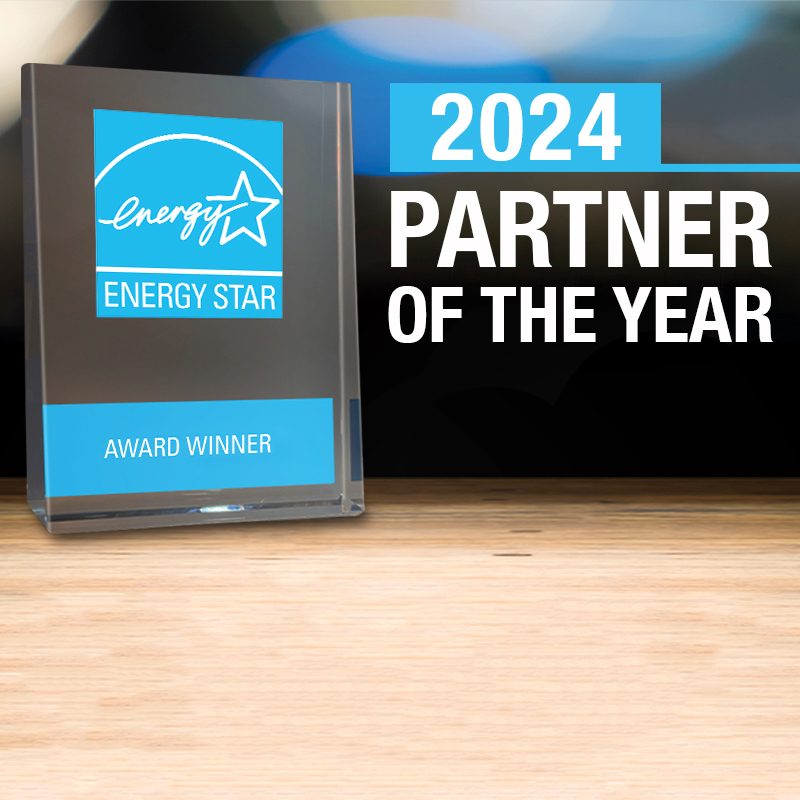Between food scraps and yard waste, about 30 percent of the average person’s trash could be recycled and reused at home. Compost helps eliminate waste, reduces the need for chemical fertilizers and protects the environment.
Start by collecting organic material – like fruit and vegetable scraps, coffee grounds, grass clippings, dead plants, shredded junk mail and more – in a compost container. Then add a nitrogen source like manure or a compost starter to jump-start the process. Keep it moist and covered, and bacteria will heat up and break down the organic material until your pile of trash becomes an all-natural fertilizer.
Some composters may fit more easily into your life. Here are a few options:

For the New Composter
The compost tumbler like YIMBY Tumbling Composter and the King Star Exaco Tumbler is clean, compact and simple to operate. The rotatable stand makes it fast and easy to mix the compost, resulting in high-grade compost in less time. This is a great option for anyone with limited yard space who is new to composting.

For the Apartment Composter
Not everyone has the yard space for large-scale production, but that doesn’t mean compost isn’t an option. Keep a compost bucket, like this Exaco Compost Bucket, on your counter or in a closet to collect your food scraps. When the compost is ready, add it to your flower pots, give it to a friend or donate it to a local farm.

For the Ambitious Composter
For the composter who wants to compost more, a bin like the Boshmere Steel Wire Compost Bin or Exaco AeroQuick Compost Bin allows you to pile your food scraps and yard waste higher to increase the decomposition rate. To boost your compost even more, set up two bins next to each other so that one bin is decomposing even as you fill up another.
To learn more about you can lower your carbon footprint by composting, click here. Or for the DIYer, learn about how to build your own bin here.






